In 1950s and ’60s, Frank Monise Sr. was the racer no one wanted to face
Frank Monise Sr. had no business living long enough to meet Peter Brock, much less being physically capable of winning a championship with the BRE Datsun team in 1969. By the time Frank Sr. climbed into the little Datsun Roadster and claimed that trophy, however, he had already survived racing’s most dangerous era to become one of SCCA’s winningest drivers of his time.
He was also a man who refused to give in to any challenge—up to and including death.
Case in point: In 1952, Monise, then a 27-year-old auto mechanic and novice racer from Pasadena, California, headed into turn eight at Willow Springs Raceway in his Jaguar XK120 coupe. The car was a luxury out of proportion to everything else in the young man’s life: he was then spending $25 per month on his home mortgage and $50 per month on shop rent. The Jaguar’s slice of his monthly budget: $150. Still, there he was, riding the razor’s edge in the era’s most advanced production car at “the fastest road in the west.” What followed has become known in Monise family lore as “the monumental accident.”
The rear axle broke and off came the left rear wheel, sending the Jaguar careening off the track and throwing Monise from the car. In the process, the seat belt sliced him open across the abdomen and dislocated his shoulder for good measure. His cardboard helmet, not surprisingly, was ruined. When Monise arrived at the nearest emergency room the attending doctor promptly announced that there was nothing he could do for this man. Fortunately, for both himself and for the racing world, Monise found his way over the mountain to a hospital closer to Los Angeles, where he survived in the hands of other medical professionals. At least, that’s the scientific explanation. More likely, the Grim Reaper, upon meeting Monise at death’s door, simply decided that this young man was too intense for the afterlife. Better, thought Death, to send him back to the race track, where he could put that intensity to good use.
Monise did not completely escape the comeuppance for his youthful hubris, however. He remained on the hook for the Jaguar and continued to make that $150 monthly payment even as the car sat, balled up like tinfoil, next to the shop back in Pasadena.
This intensity has come to define successive generations of Monise men. Sitting in the shop at Frank Monise Motors, now located in Montclair, California, Frank Sr.’s son, Frank Jr., and a grandson, Greg Monise, assure me that at any time, and in any confined space on this planet, there is only enough oxygen for two Monise men. If a third male Monise should happen to show up, someone will need to excuse himself. This is a family that specializes in personalities that occupy territory somewhere beyond the boundaries of Type A—competitive, stubborn, obsessive, and utterly relentless.
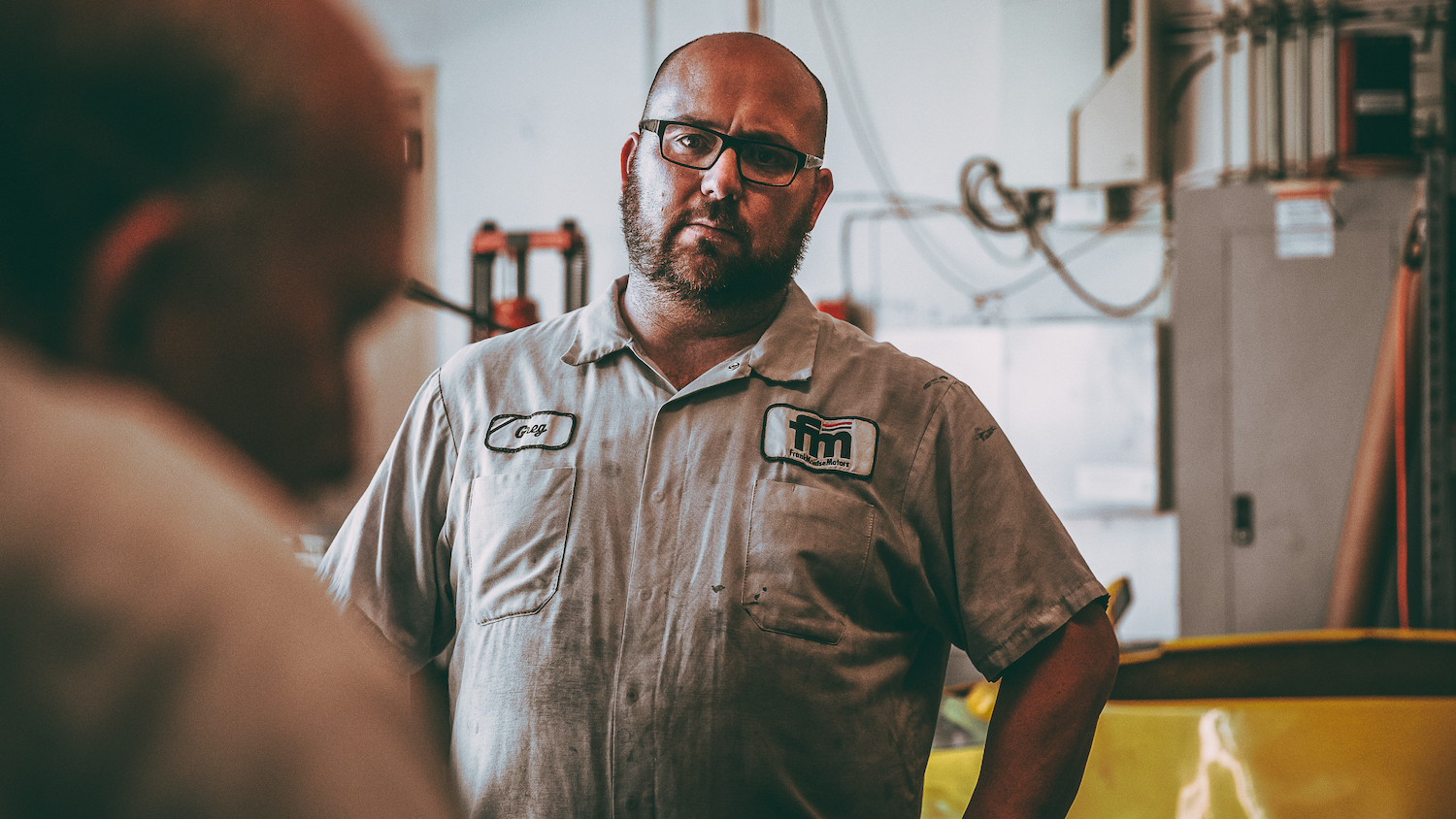
Such strength of character, while hard to abide in daily life, has nevertheless made the Monise name synonymous with West Coast racing. In addition to Frank Sr.’s exploits (back to that in a moment), Frank Jr. carved out a successful niche for himself on open-wheel racing circuit over nearly two decades, while his brother, Howard, spent decades working for Dan Gurney as a crew chief and engineer at the height of All American Racers’ success in IMSA and Indy in the 1980s and ’90s. Meanwhile, Frank Jr.’s son, Greg, has had success racing both cars and radio-controlled cars, while Greg’s brother, Geoff, is a skilled fabricator who campaigns a nitro nostalgia funny car in NHRA competition.
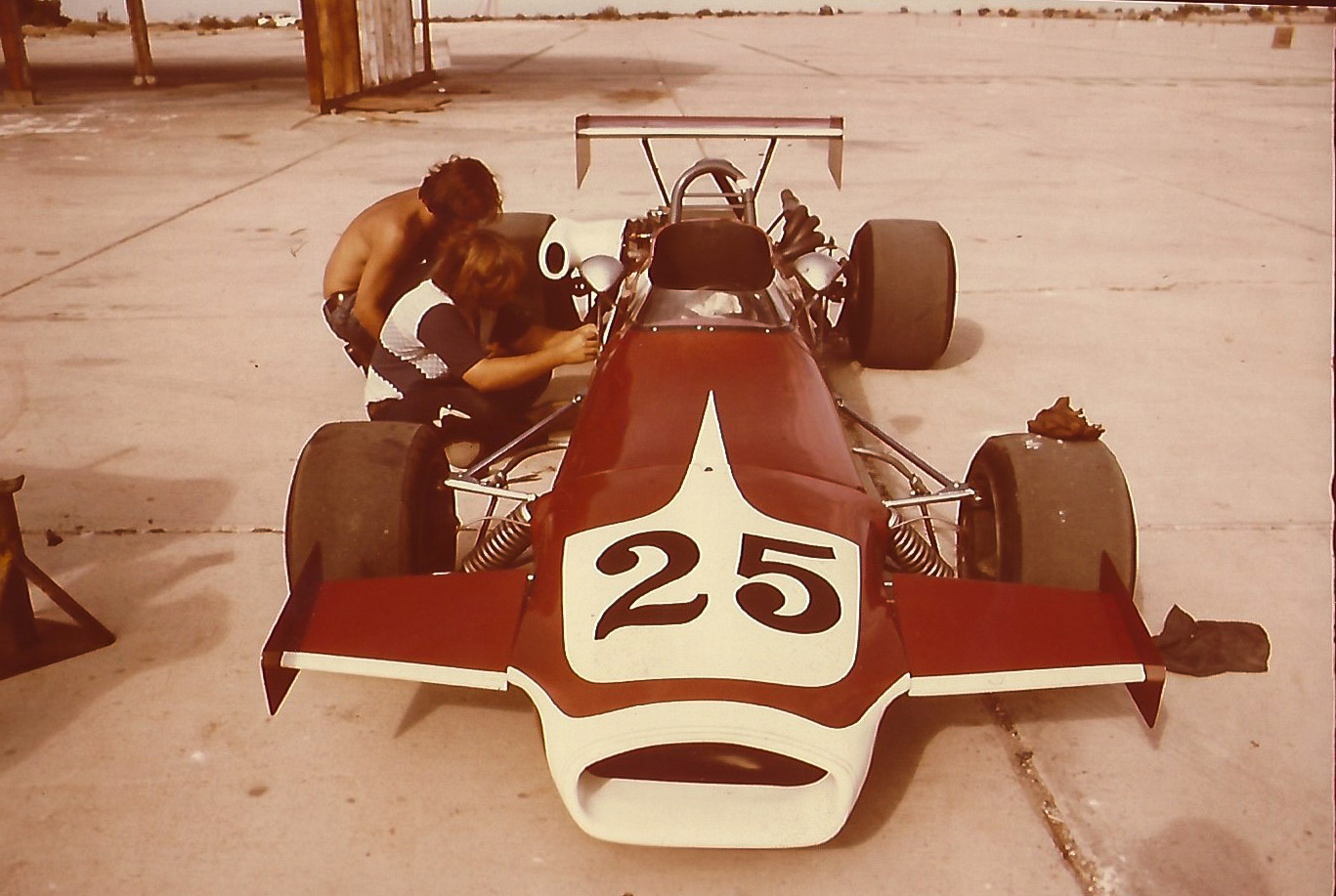
All of this got its start because a customer showed up to Frank Sr.’s small Pasadena shop back in the early 1950s with an MG TC that needed some repairs. Small, lightweight, and unlike anything else in the United States at the time, the MG TC first arrived on American shores when the Collier Brothers brought a few back from Britain after World War II. Shortly thereafter, the Colliers founded the Automobile Racing Club of America (ARCA), forerunner of the Sports Car Club of America (SCCA), unwittingly setting into motion a series of events that would come to define the Monise family’s fate in California.
At the time, Frank Sr. had no experience with foreign cars, much less in racing, but once he showed that he could get that first little TC back on the road, customers from all over Los Angeles were showing up at his door with foreign cars galore: Allards, Jaguars, Triumphs, and, of course, more MGs. In early 1952, Harry Steele, a founding editor of Cycle magazine and one of Monise’s customers, agreed to let him drive his Allard J2 at the Pebble Beach Road Races. Monise finished a respectable seventh and in so doing met his destiny. Soon, he was racing customers’ cars, and then his own—including the Lotus 11 and Lotus 23 models in which he made his name—up and down the West Coast.
According to Frank Jr., the elder Monise even had offers to go to Europe on behalf of factory teams in the mid-1950s—at about the same time that his California contemporary, Phil Hill, made the leap across the Atlantic—but Frank Sr., already married and a father, decided that his responsibilities on the homefront trumped any European racing ambitions he then nurtured. Still, by the time Frank Sr. showed up to the Los Angeles County Fairgrounds in Pomona in 1958 for the six-hour endurance race, he was well-known on the West Coast as “the scourge of G-Modified,” having made a name for himself against drivers like Ken Miles, John Timanus, Richie Ginther, and Lance Reventlow at legendary tracks such as Paramount Ranch and Riverside, Torrey Pines, and Santa Barbara.
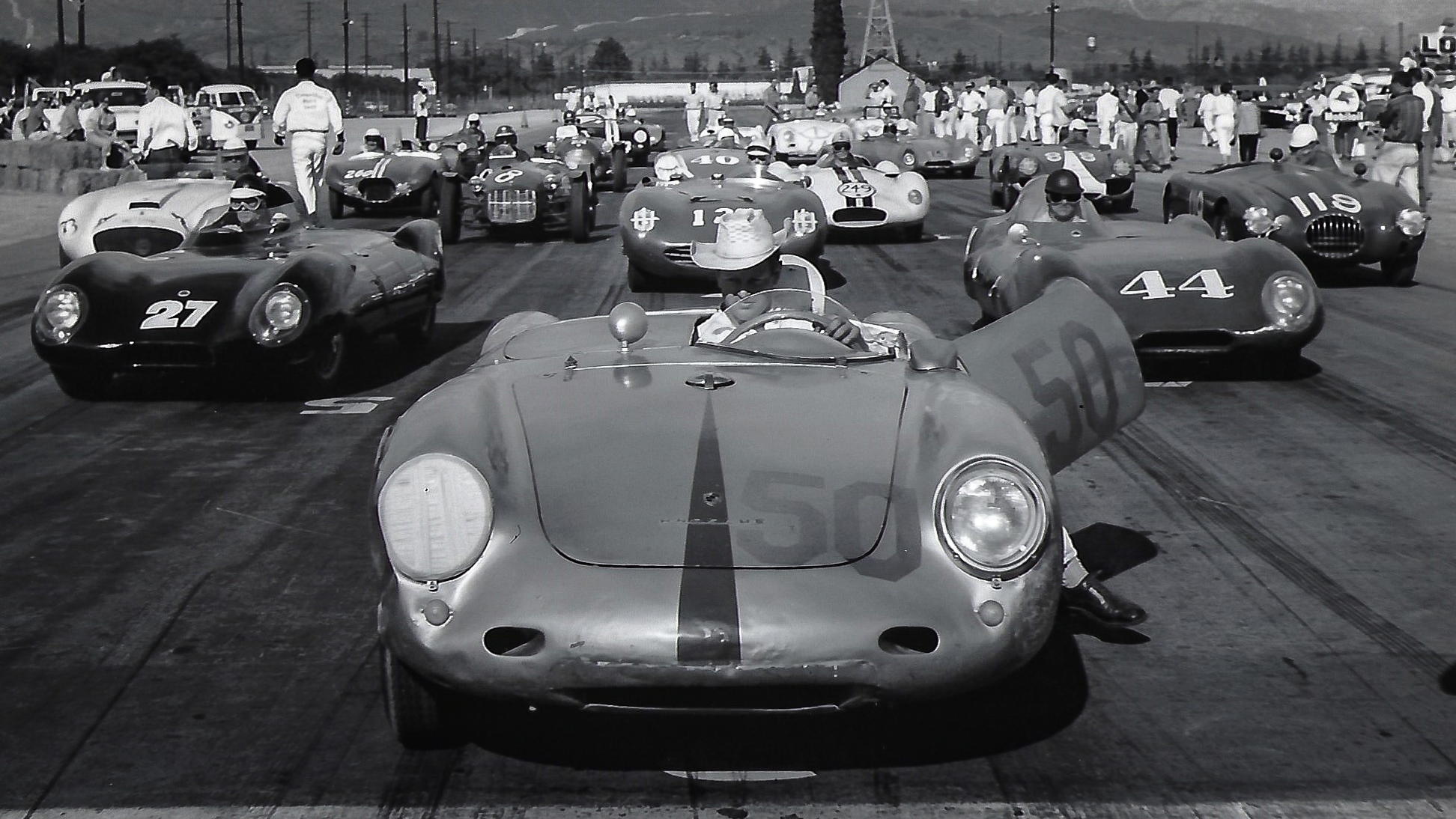
At Pomona that day, a 22-year-old racer and car designer from Northern California named Peter Brock showed up in the paddock with his Cooper (a Le Mans team car that he’d managed to buy with his earnings from General Motors, where he had helped Bill Mitchell design the Corvette Stingray) and was pleased to see that he’d be parked next Frank Monise Sr. Both men were running Coventry Climax engines, and Brock, already well aware of Frank Sr.’s reputation, was quick to start picking his neighbor’s brain. At the time, chatting among the field of AC Bristols and Porsches and Alfa Romeos, neither man could know what the future had in store for them. They were just two young racers swapping tips about their British racing engines.
“Frank was just super friendly and helpful with anything I needed,” Brock recalls, “but then I started racing against him and I could never beat him. He was always the front guy. “
Brock quickly learned that Monise’s greatness ran deeper than just his skills as a driver.
“What made him so good,” Brock says, “was that be built all his own stuff and tuned his own engines. This was before anybody really had any dynamometers or trick tuning tools, so he was doing it all intuitively and was just really, really good. So if we were running, say, 8500 RPMs, he was probably running 9000.”
The two men continued to cross paths in the racing world over the next decade—all the while running against names like Gurney, McLaren, Brabham, Surtees, Clark, and Foyt—until 1969 when Brock needed a driver for his Datsun 2000 Roadster, which he was set to campaign with factory support from the Japanese manufacturer. For all Monise’s earlier success, this opportunity was the real big time, and he took full advantage of it. Along with a young John Morton, the BRE Datsun team went on to win the Southern Pacific Divisional Championship D-Production championship in 1969, thanks in large part to Monise’s knack for wringing a lot out of a little.
“In addition to his engine-building skills, Frank knew that because the Roadster was about two-and-a-half inches narrower than anything else out there, the only way he could get any speed out of that thing was to drive it a little bit sideways most of the time. And that’s what he did,” Brock says. “He was able to just keep it broken loose enough to make it really work well when the cars were running against tracked much better than ours.”
That championship glow, however, only lasted one season. The BRE team went into development on a new race car (the Datsun 240Z), and Monise had a shop to run in Pasadena. Moreover, as much as he enjoyed the competition and his work with the Japanese team, Monise also missed the atmosphere of local sports car racing in his native Southern California and was disillusioned by the politics of high-level factory racing. By 1970, he was back behind the wheel of a Lotus 23, tearing up the competition across the western United States. He would continue racing into the early 1990s. Over the course of his 40-year career, he raced in both the first and last race at the famed Riverside International Raceway and earned a reputation as one of racing’s toughest competitors.
“Every racer wants to be able to show up to the track and be ‘The Guy,’” Frank Jr. says. “You know, the guy that makes every other driver groan and say, ‘Oh, we have go up against him?’ Well, that was my dad at just about every race.”
Frank Sr. became “the guy” by riding the limit during racing’s deadliest era, a period which claimed the lives of some of his strongest competitors. Walt Hansgen, an American driver who made his Formula One Grand Prix debut at age 41, died while testing a 7.0-liter Holman & Moody Ford GT 40 Mk2 in the rain at Le Mans in 1966. Ken Miles, who narrowly missed winning sports car racing’s “triple crown” (Daytona, Sebring, Le Mans), died at Riverside later that same year while testing the Ford J-Car, an intended successor to the car that killed Hansgen. Two years later, Jim Clark, by this time the owner of two Formula 1 World Championships, died in a crash during a Formula 1 race at Germany’s Hockenheimring. Each of these men had, in recent years, shared a starting grid with Frank Monise Sr.
At around the same time as Monise was winning his championship with Peter Brock, Frank Jr.’s own racing career was also taking off. While, by his own admission, Frank Jr. had “nearly had several nervous breakdowns” while working for his famously intense old man, he had an unprecedented opportunity to witness the early glory days of racing firsthand, all of which fed the younger Monise’s hunger for speed.
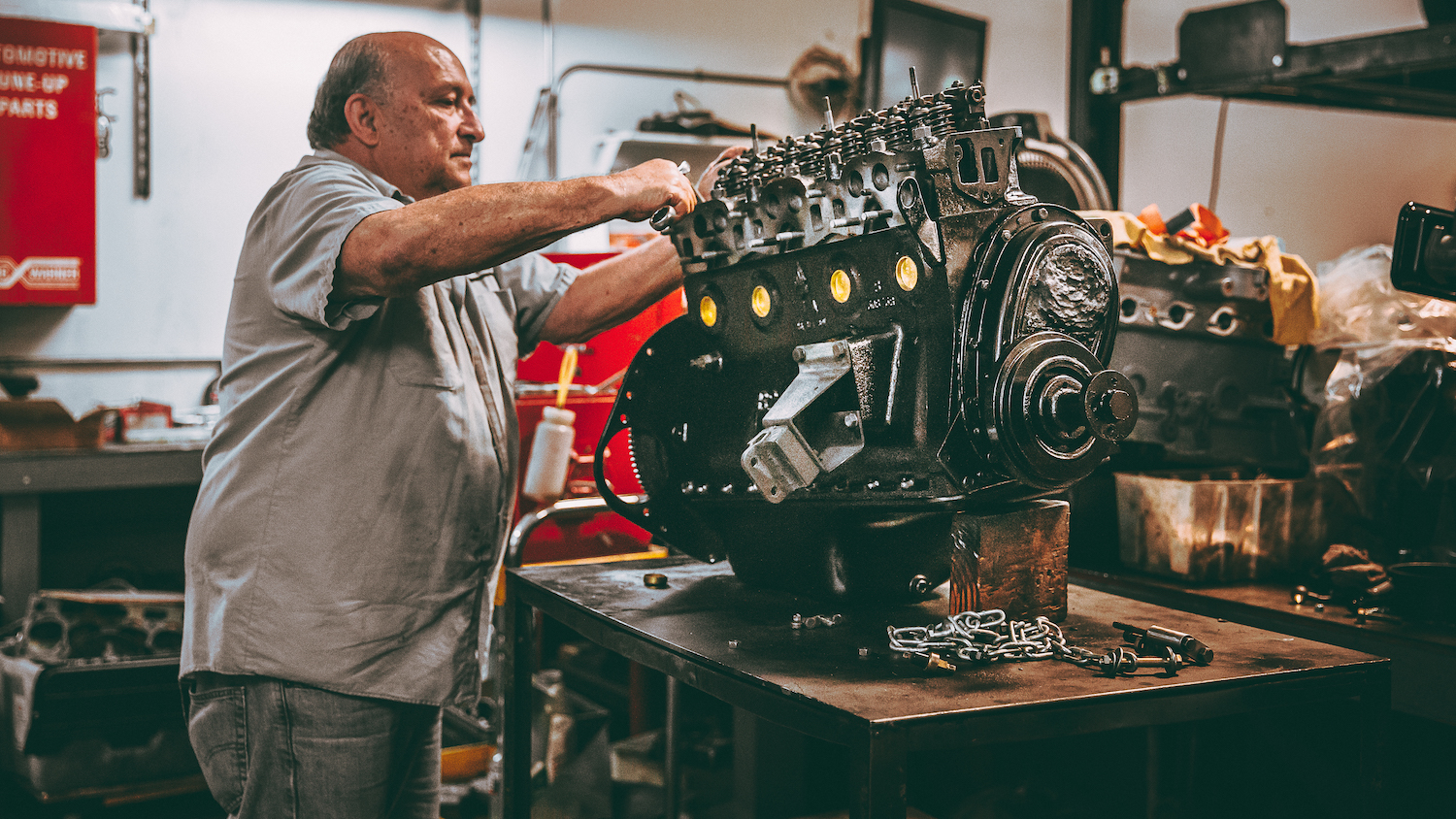
“If my dad went somewhere, I went with him,” Frank Jr. recalls. “My childhood was filled with memories of places like Santa Barbara, with thousands of people and sports cars of all kinds lining the track, and there was my dad out there in front of them all. Every young boy thinks their dad is a superhero, of course, but mine actually was one.”
The seeds took root, and by 1968 Frank Jr. was racing open-wheel Formula cars across North America. Like his father, he was consistently able to punch above his weight as he raced his Brabham BT-29 against other up-and-coming drivers, such as a young kid from Bakersfield named Rick Mears. Frank Jr. would continue racing until 1991, at which point he finally gave it up because his young sons “wanted to eat everyday.”
Nowadays, Frank Jr. and Greg Monise continue to keep vintage British cars on the road, just as Frank Sr. (who passed away in 2003 at the age of 79) began doing all those years ago at a small service station in Pasadena. The Triumphs and MGs and Austins that arrive are no longer daily drivers. Nowadays, the Monise men get to spend their time on long-term restorations and on fine-tuning TR6s or MGB GTs as weekend canyon carvers in the nearby San Gabriel Mountains, which suits Greg just fine.
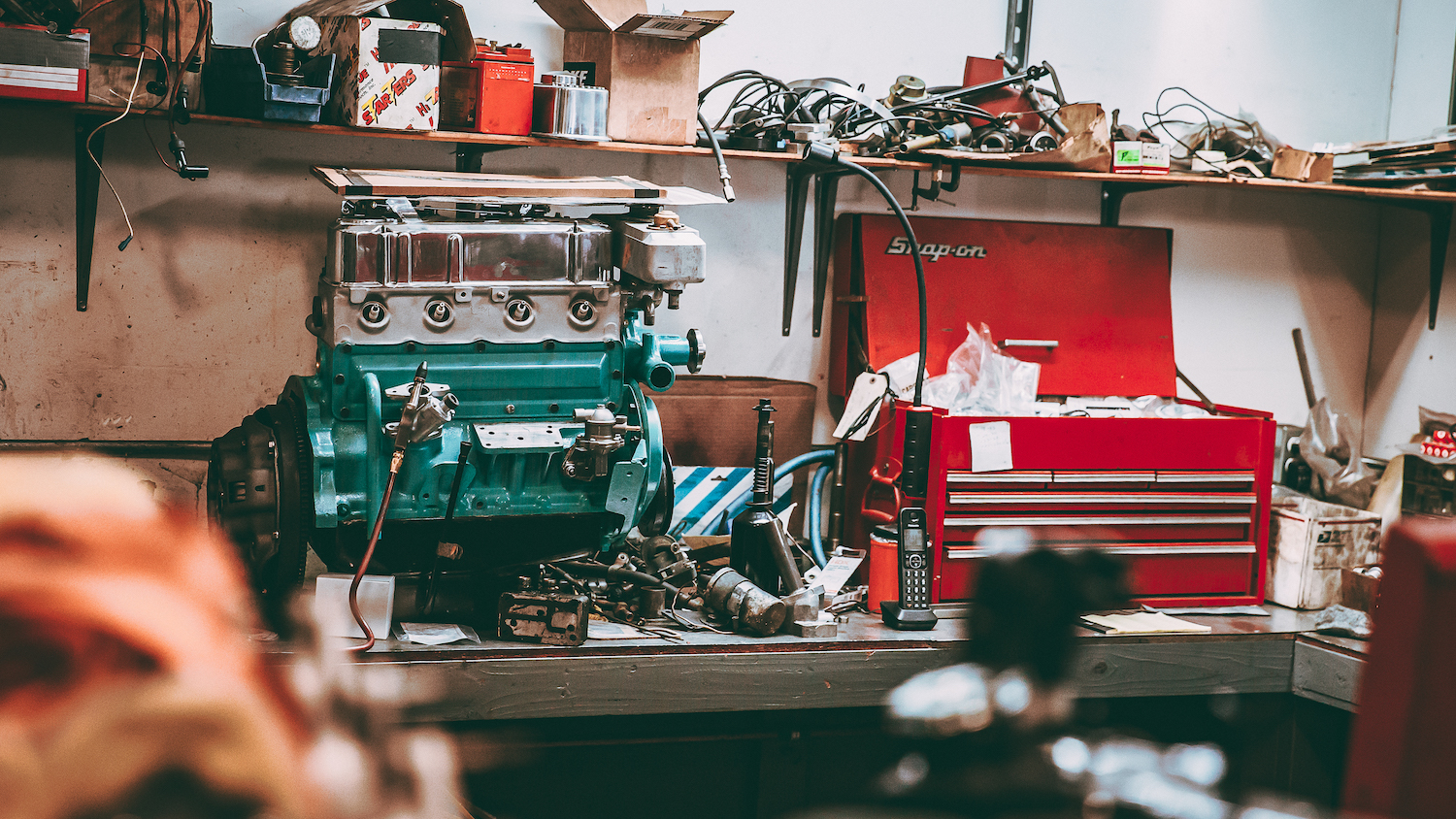
“I never wanted to work in the shop so long as I was just replacing head gaskets on a Jaguar X-Type,” he says. “Nowadays, every car we work on has a story.”
Stories, obviously, are one thing the Monise family has in spades.
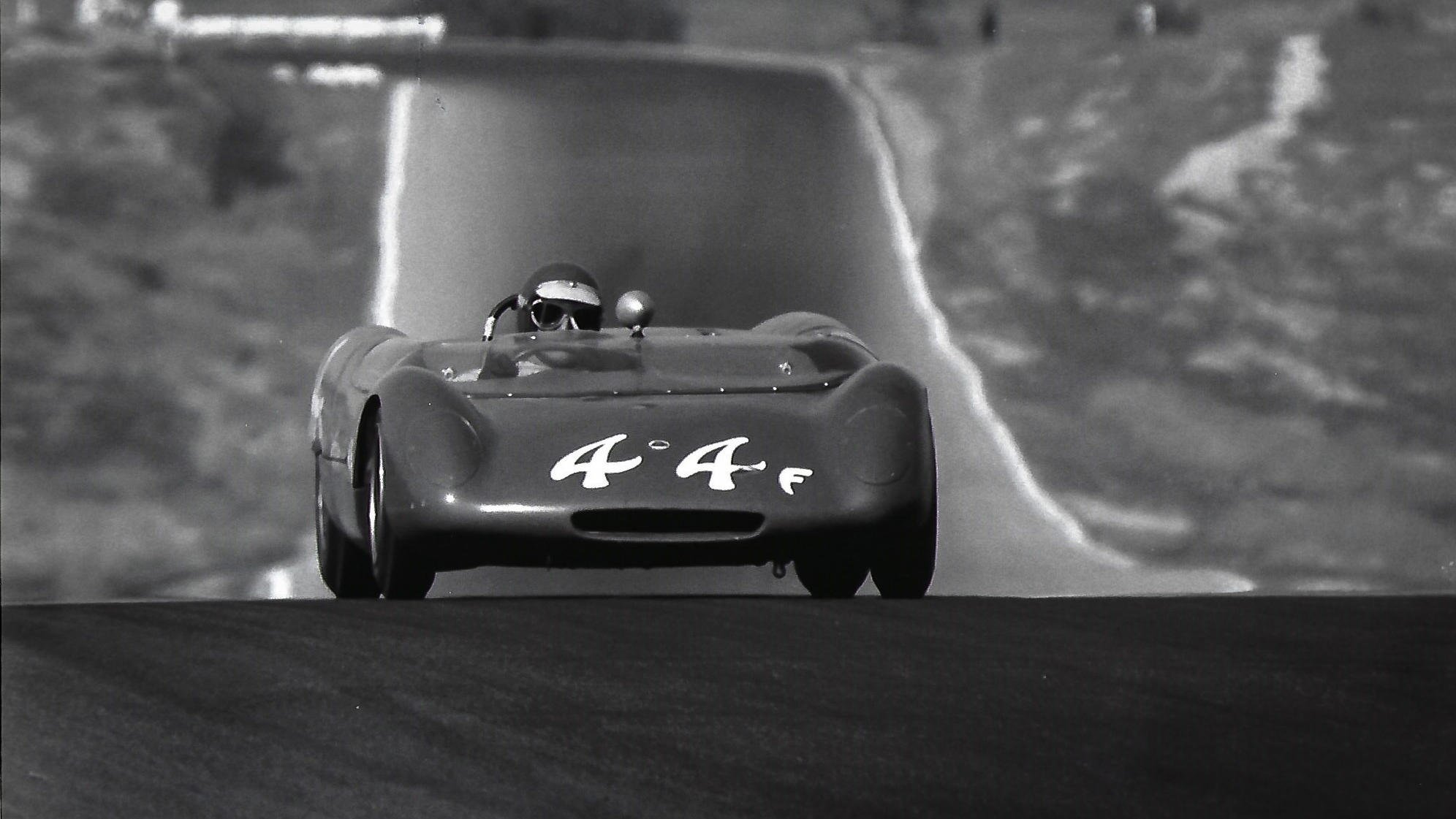
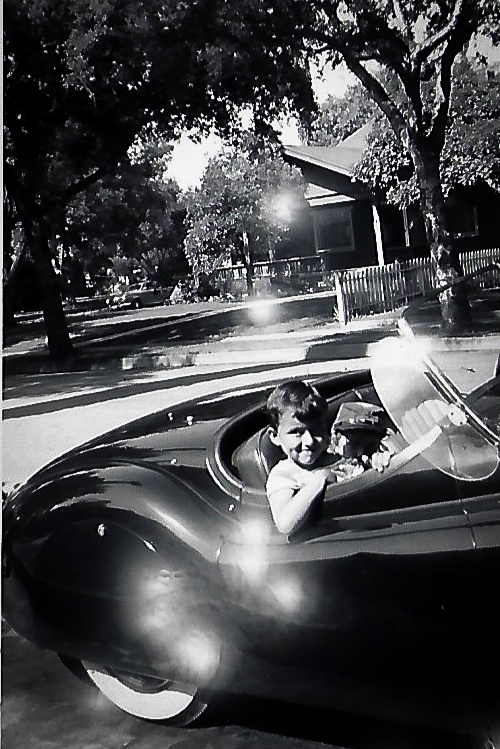

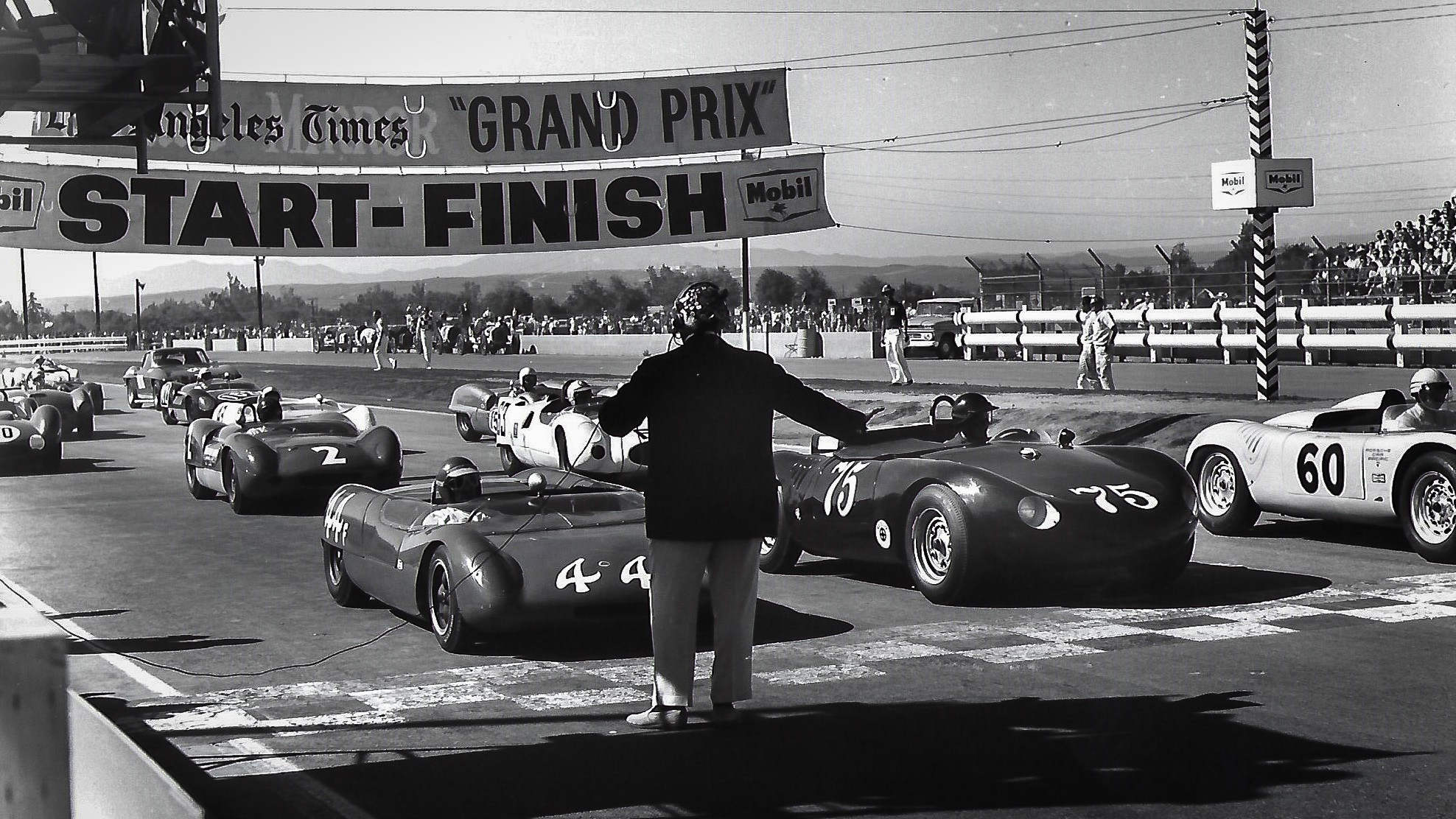
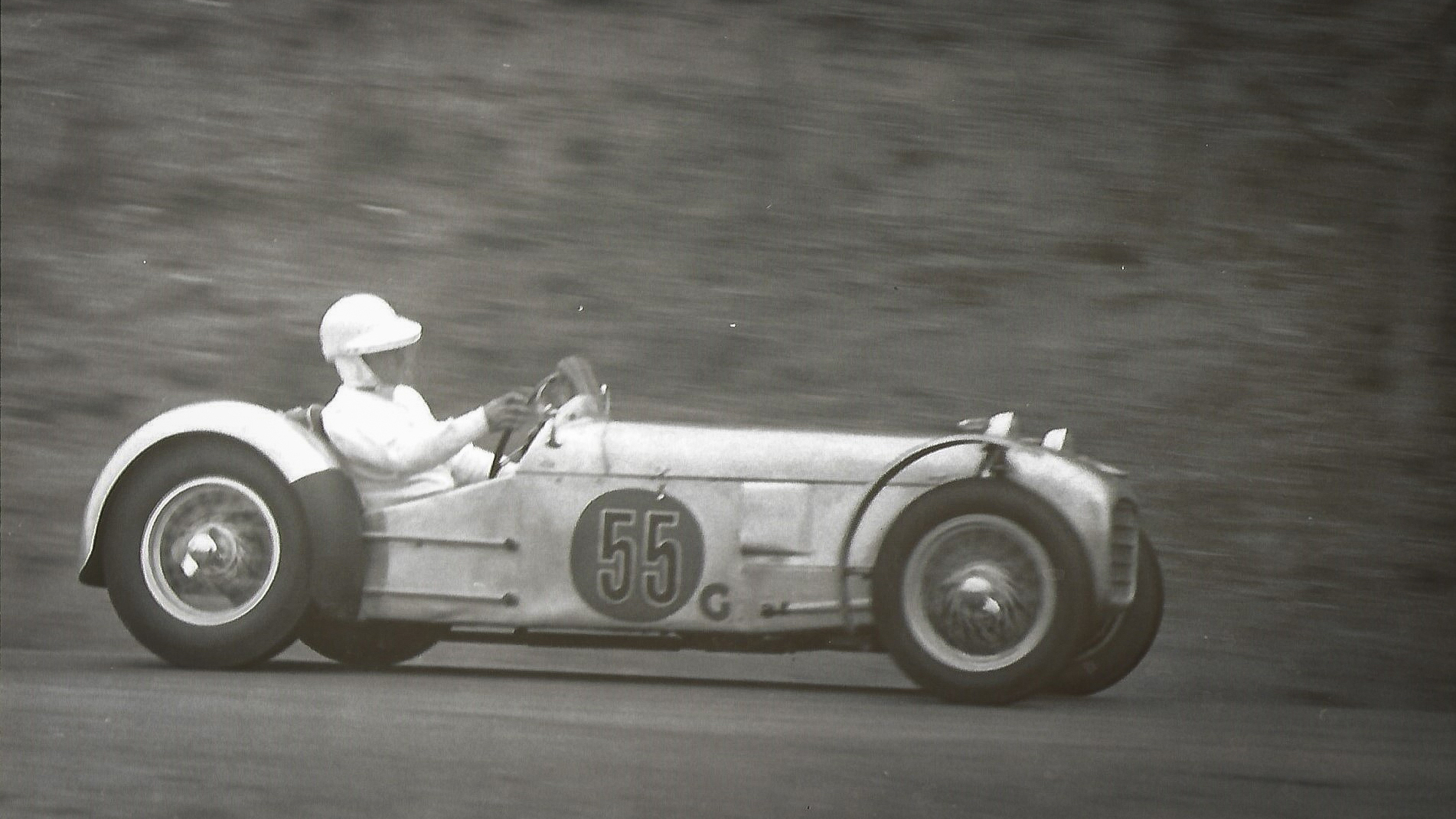

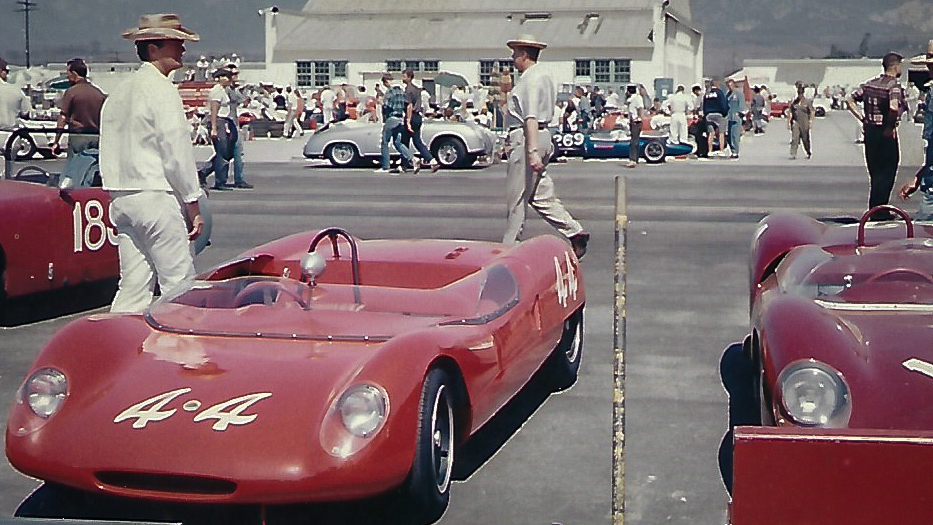
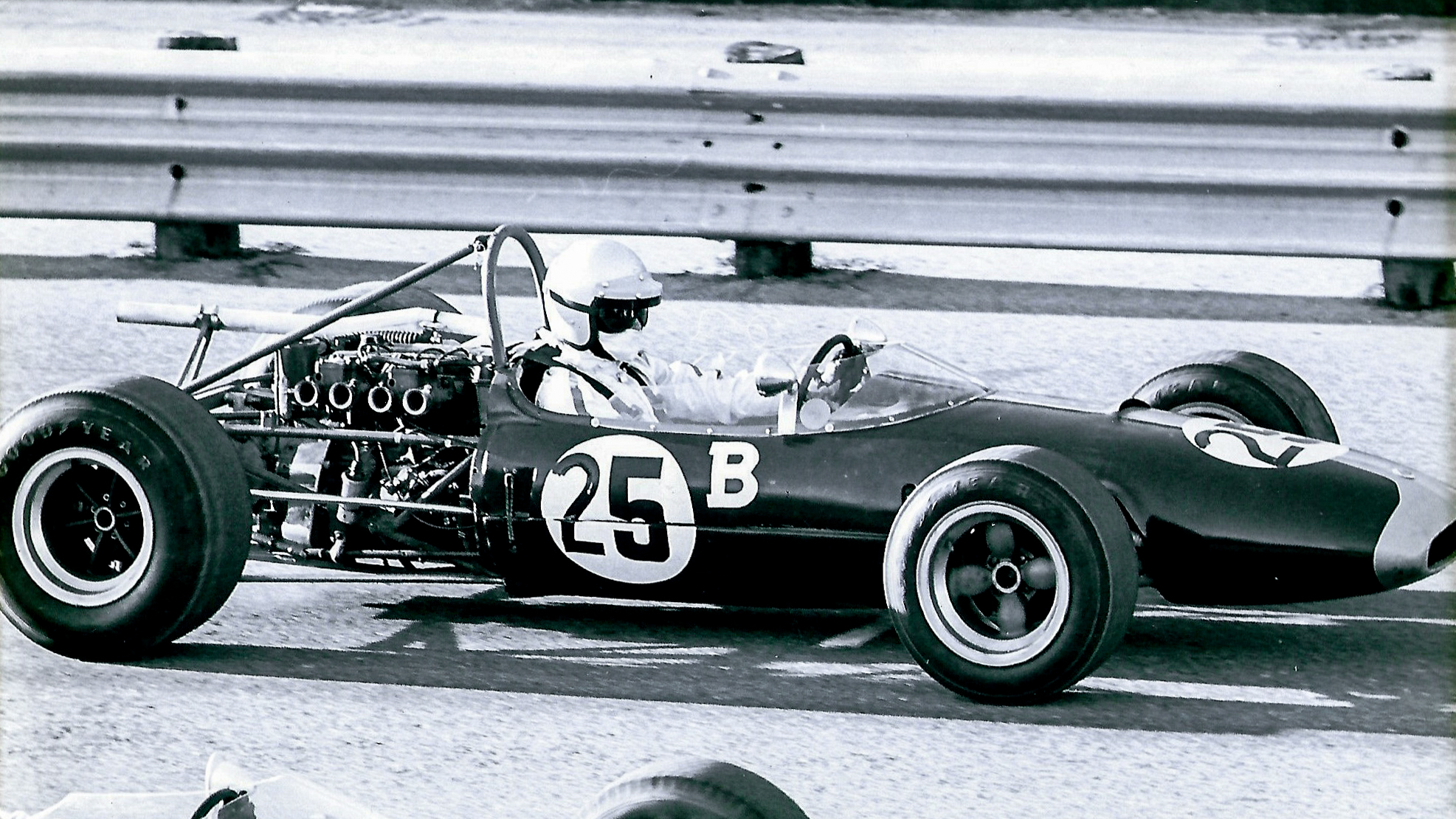


Very interesting. I always admired Frank Sr. Great to read this article. He was always very kind and helpful to me. John McKnight Lotus 11
When I was in my early 20s–a long time ago–(1967)) my older brother and I were both hooked on Jag 120s and 140s and a few 150s. We were both in school and with limited finances. Owning Jag roadsters was a time consuming endeavor because–of course–they broke down quite often which meant we became regulars at Frank Sr.’s Pasadena shop. Among my memories of Frank was that he was sometimes friendly to me and sometimes not. He would also sometimes put me to work on my car even if I was dressed for school. When I asked him when I could get my car back he would sometimes nod at the M/B coupe parked in front of the shop which had been in the same spot for years. Good memories. Regards to all his family.